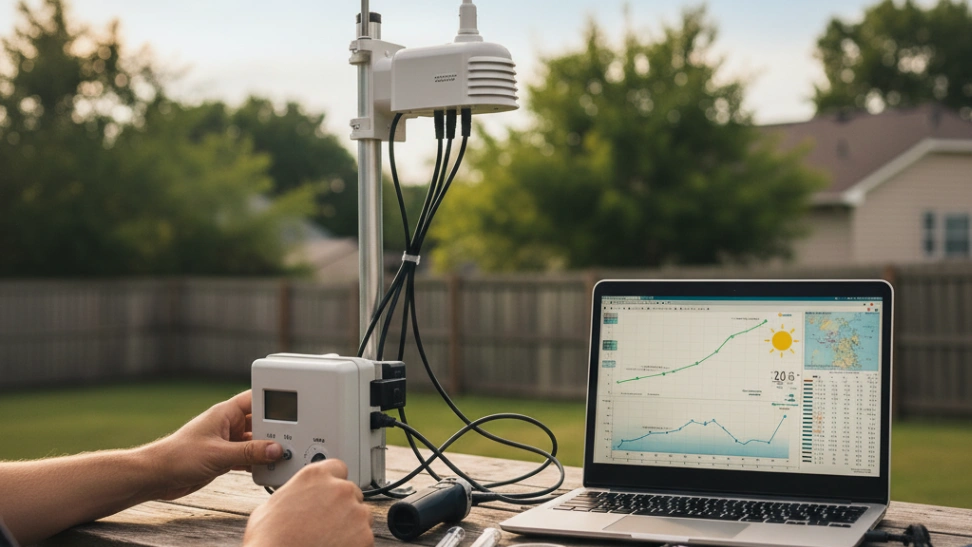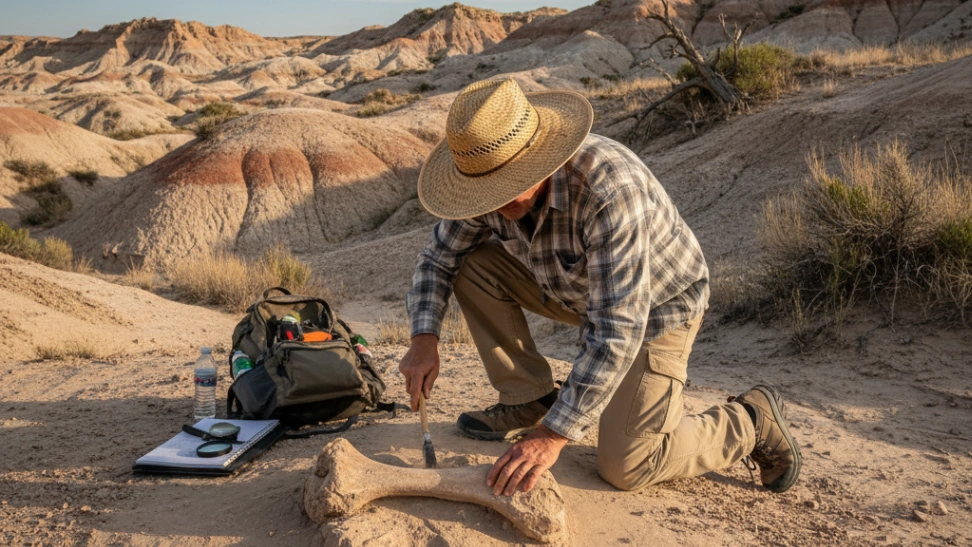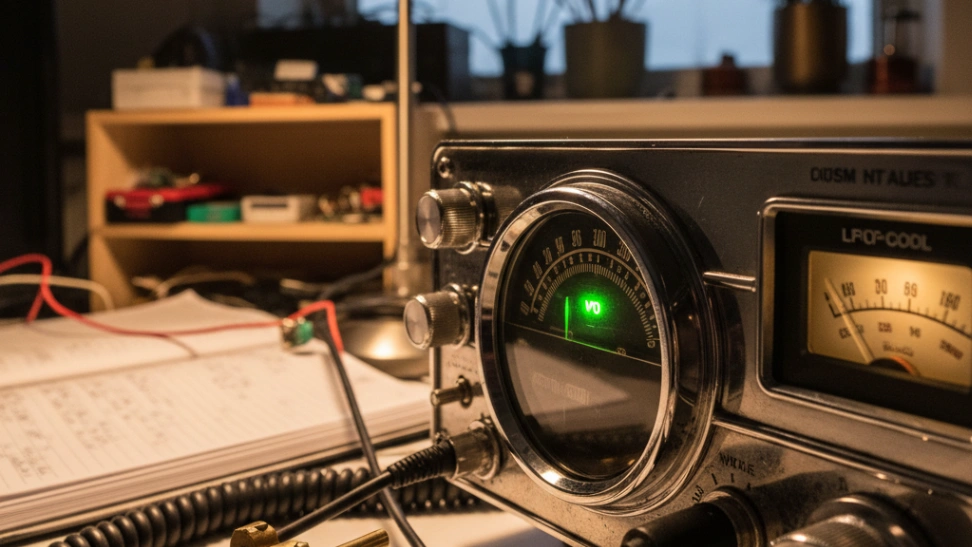The history of amateur meteorology is as old as the human desire to understand the sky. Early civilizations developed intricate systems for observing and interpreting weather patterns, often tied to agricultural cycles and survival. With the invention of instruments like the thermometer in the 17th century and the barometer in the 18th, weather observation became more standardized. By the 19th century, networks of volunteer observers, often farmers, lighthouse keepers, or academics, began systematically recording data, sharing it across regions, and laying the groundwork for modern forecasting. These early citizen scientists were crucial in building the first comprehensive datasets that allowed for the development of climatology and predictive models. The establishment of national weather services in the late 19th and early 20th centuries formalized much of this effort, but the spirit of amateur contribution never died. Instead, it evolved, adapting to new technologies. In the 20th century, the proliferation of affordable personal weather stations and, more recently, the internet, transformed amateur meteorology. Today, enthusiasts can not only collect highly accurate data from their backyards but also instantly share it with global networks, access professional-grade satellite imagery and numerical weather prediction models, and participate in real-time discussions with other hobbyists and even professional meteorologists. This blend of historical curiosity and cutting-edge technology makes amateur meteorology a uniquely engaging field, connecting individuals to a long lineage of sky-watchers while empowering them with tools unimaginable to their predecessors. This continuous evolution means that the hobby remains dynamic and accessible, welcoming newcomers who are eager to delve into the intricate dance of the atmosphere, contributing to a collective understanding that spans centuries.
Getting started in amateur meteorology involves a blend of observation, data collection, and analysis. At its most basic, it can be as simple as stepping outside to feel the wind, look at the clouds, and note the temperature, then recording these observations in a notebook. Many hobbyists quickly progress to using basic instruments such as maximum/minimum thermometers, hygrometers for humidity, and simple rain gauges. The next step often involves a personal weather station (PWS), which can range from entry-level models reporting temperature, humidity, wind speed, and rainfall, to advanced stations that measure solar radiation, UV index, and even lightning strikes. These PWS units typically transmit data wirelessly to a console indoors, and many can also upload data to online weather networks like Weather Underground or AWEKAS. Beyond hardware, a significant part of the hobby involves leveraging digital resources. This includes accessing publicly available data from national weather services, interpreting radar and satellite imagery, and understanding numerical weather prediction (NWP) models. Learning to read and interpret these complex maps and charts is a core skill, allowing amateurs to develop their own localized forecasts. The sheer volume and variety of available tools and data mean that amateur meteorology can be tailored to almost any level of technical interest or budget, making it an incredibly flexible and personalized pursuit for anyone captivated by the elements.
The skills cultivated through amateur meteorology are diverse and highly transferable. Enthusiasts develop keen observational abilities, learning to distinguish subtle nuances in cloud formations, wind patterns, and atmospheric optics. Data analysis becomes second nature as one interprets charts, graphs, and model outputs to discern trends and make predictions. Critical thinking and problem-solving are essential when reconciling conflicting model data or understanding why a local forecast deviated from expectations. Furthermore, foresight is honed as hobbyists attempt to predict future weather, a skill with practical applications far beyond the hobby itself. The amateur meteorology community is vibrant and globally connected, largely thanks to online forums, social media groups, and citizen science platforms. These communities provide invaluable opportunities for learning, sharing observations, troubleshooting equipment, and discussing complex weather events. Many amateurs actively participate in citizen science projects, reporting severe weather observations to organizations like the National Weather Service's SKYWARN program, or contributing data from their PWS to national and international databases. This collective effort provides a denser network of ground-truth observations than professional networks alone can achieve, aiding in research, improving forecasting models, and even assisting in disaster preparedness and response. Thus, amateur meteorology is not just a personal journey of discovery but often a meaningful contribution to the broader scientific understanding and public safety.
While deeply rewarding, amateur meteorology presents its own set of challenges. The atmosphere is an incredibly complex, chaotic system, making accurate forecasting notoriously difficult, even for professionals. Beginners can sometimes feel overwhelmed by the sheer volume of data, the technical jargon, and the intricate physics involved. Equipment can be costly, and proper siting and maintenance of a weather station require careful attention to detail. There's also the constant frustration of an inaccurate forecast, a reminder of nature's unpredictability. However, overcoming these challenges is part of the hobby's appeal. Each successful prediction, each newly understood phenomenon, and each piece of data collected feels like a small victory. The satisfaction of interpreting a radar image to predict an incoming storm, or understanding why a particular cloud type formed, provides a deep sense of connection to the environment. The hobby fosters patience, discipline, and a lifelong love of learning. It’s a pursuit that encourages a deeper appreciation for the planet’s dynamic processes, offering an endless frontier of discovery for those willing to look up and truly see the sky. It connects individuals to their local environment in a profound way, making them more aware of the subtle shifts that govern our daily lives and the powerful forces that shape our world.



